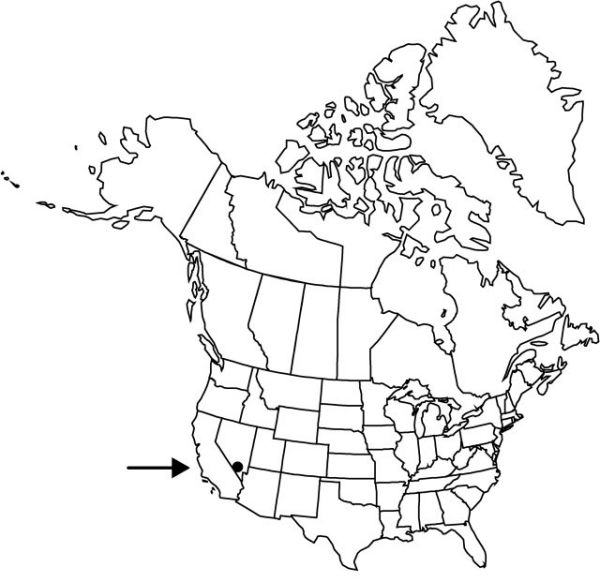Spiranthes infernalis
Rhodora 91: 226, figs. 1, 2A, 3a, b. 1989.
Plants 18–40 cm. Roots few, strongly descending, tuberous, to 1.5 cm diam. Leaves persisting into anthesis, basal, often on proximal 1/2 of stem, ascending, linear to linearlanceolate or oblanceolate, to 15 × 0.9 cm. Spike usually very tightly spiraled, rarely loosely spiraled, 3 flowers per cycle of spiral; rachis glabrous, commonly minutely and sparsely farinose. Flowers ascending, ochroleucous, yellowish white, and ochraceous (tinged yellowish-brown), with basal 1/4 of sepals and petals and to 1/2 of lip green and fleshy, tubular; sepals connate at base, 4–6 mm; lateral sepals with apices spreading; petals lanceolate, apex spreading, obtuse; lip variably orange centrally, broadly or occasionally narrowly elliptic, 5–6 × 3.8–6.7 mm, often divided by ± evident constrictions into abruptly narrowed apical and basal parts narrower than middle, the apical part minutely but conspicuously puberulent adaxially; veins few to several, branches parallel to widespreading; viscidia linear to linear-elliptic; ovary mostly 2–4 mm. Seeds monoembryonic. 2n = 44.
Phenology: Flowering Jun–Jul.
Habitat: Seasonally wet riparian meadows and spring runs
Elevation: 700 m
Distribution

Nev.
Discussion
Of conservation concern.
Spiranthes infernalis is known only from Ash Meadows, Nye County, Nevada, and it is probably endemic. The description is based on correspondingly few specimens and may prove to be too restrictive.
Selected References
None.
Lower Taxa
No values specified.